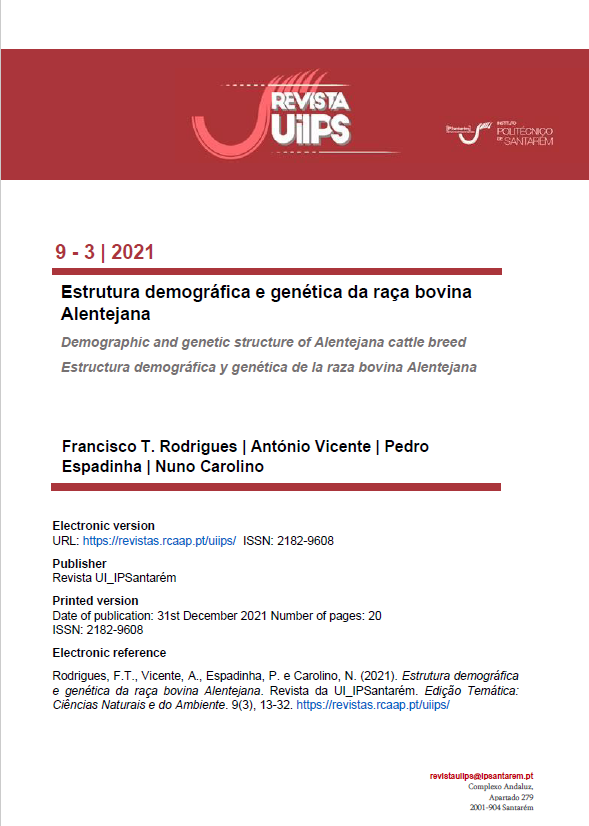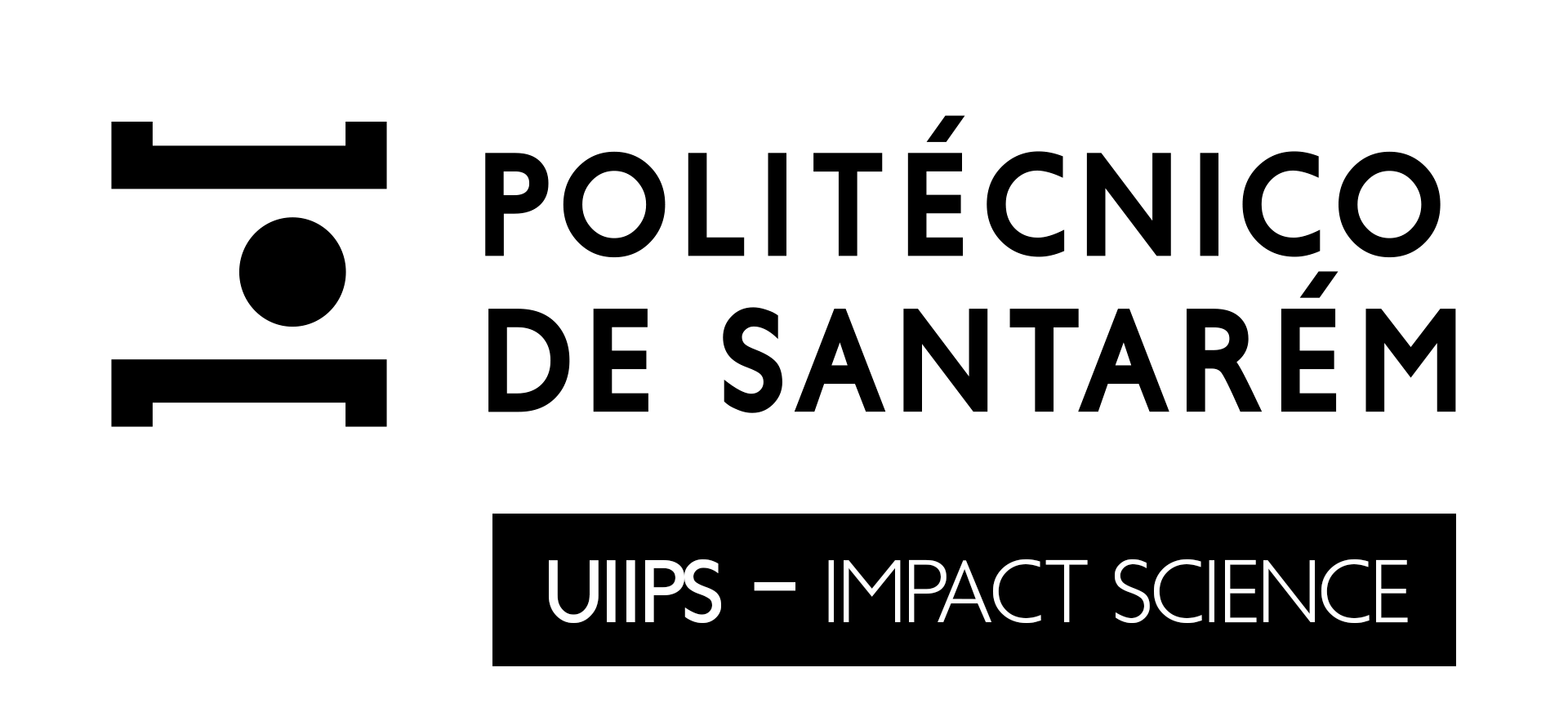Estrutura demográfica e genética da raça bovina Alentejana
DOI:
https://doi.org/10.25746/ruiips.v9.i3.26199Palavras-chave:
ascendentes, consanguinidade, diversidade genética, fundadores, pedigreeResumo
A caracterização demográfica permite ajudar a combater a erosão genética animal, permitindo a utilização, de forma sustentável, dos recursos genéticos, delineando estratégias de conservação/ melhoramento. Estimaram-se vários indicadores demográficos de diversidade genética para a raça Alentejana, obtidos por análise de genealogias, baseado no Livro Genealógico (LG), desde 1990. Atualmente o LG inclui 21746 fêmeas reprodutoras e 211 touros, representando uma das raças autóctones bovinas com maior efetivo. O intervalo de gerações foi de 6,01 anos, a taxa de consanguinidade/ano, entre 1990-2020, foi de 0,139% e o tamanho efetivo da população de 59,90. Desde 2007 os níveis de consanguinidade têm aumentado, podendo dever-se, em parte, a acasalamentos entre animais aparentados e existir um número reduzido de machos com muitos descendentes. As estimativas para o número efetivo de fundadores (fe) foi de 84,94, no entanto, apenas 34 animais fundadores explicam mais de 50% da variabilidade genética. O rácio entre o fe e o número efetivo de ascendentes (fa) indica uma tendência para o afunilamento da raça, desde 2000. A situação da raça Alentejana não é muito preocupante, mas os resultados obtidos sugerem a necessidade de um programa de gestão eficaz garantindo a manutenção da variabilidade genética existente.

Downloads
Publicado
Como Citar
Edição
Secção
Licença

Este trabalho encontra-se publicado com a Licença Internacional Creative Commons Atribuição-NãoComercial-SemDerivações 4.0.
Autores que publicam nesta revista concordam com os seguintes termos:
- Autores conservam os direitos de autor e concedem à revista o direito de primeira publicação, com o artigo simultaneamente licenciado sob a Licença Creative Commons Attribution que permite a partilha do trabalho com reconhecimento da autoria e publicação inicial nesta revista.
- Autores têm autorização para assumir contratos adicionais separadamente, para distribuição não-exclusiva da versão do artigo publicado nesta revista (ex.: publicar em repositório institucional ou como capítulo de livro), com reconhecimento de autoria e publicação inicial nesta revista.
- Autores têm permissão e são estimulados a publicar e distribuir o seu trabalho online (ex.: em repositórios institucionais ou na sua página pessoal) a qualquer ponto antes ou durante o processo editorial, já que isso pode gerar alterações produtivas, bem como aumentar o impacto e a citação do trabalho publicado.


